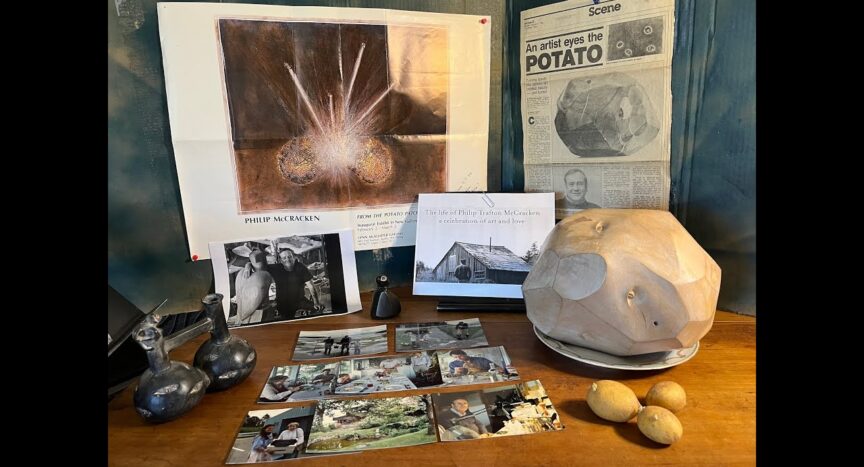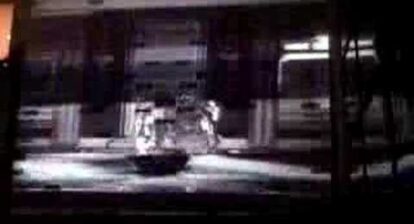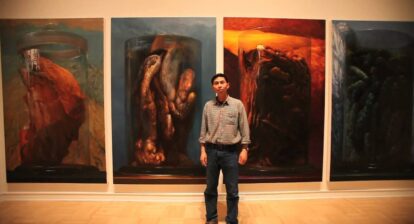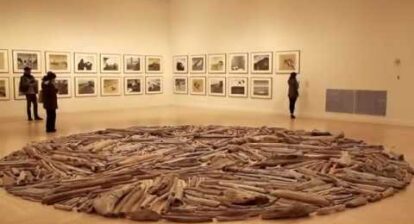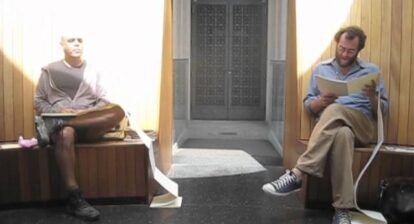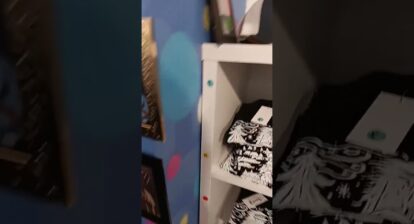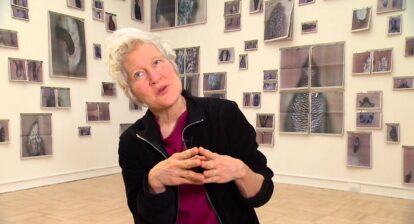This show focuses on the artist Phillip Trafton McCracken (1928-2021) of Guemes Island, Washington,. a master of many artistic disciplines. Here we focus on the period in the mid 1980s when he produced a series of potato-themed artworks that, while a departure from his usual subjects of birds, other creatures and the cosmos, gained him critical acclaim with gallery exhibitions on both coasts. His potato studies led him to us, Meredith and Tom of The Potato Museum and an invite to visit him. This led to the first of several memorable stays with the McCrackens.
Phil was deeply connected to Washington State’s Skagit Valley and the islands of Puget Sound, the son and grandson of gold miners, saloon keepers, and civic leaders. It was here that he discovered his lifelong joy in the outdoors
When the Korean War broke out in 1950, he joined the Army and was stationed in El Paso. After his discharge, he returned to the University of Washington on the GI Bill, to study art. While at university, he drawn to what is now called the Northwest School of Art, an approach that joined Asian philosophy about subject and perspective with a focus on the particular quality of light and presence of nature in the Pacific Northwest.
Looking to further his studies, he wrote to sculptor Henry Moore with a request to be taken on as a studio apprentice. Moore agreed, and the young art student set sail for England, a journey toward his future and, unexpectedly, toward an encounter with another dreamer who would change his life. On the ship was another young American, Anne MacFetridge, a graduate of Mount Holyoke who was traveling to London to study 18th century art. They fell in love during the days at sea, and on August 14, 1954, the couple was wed in the Norman church at Much Hadham.
After returning from England, 1955 Anne and Phil moved to the McCracken family’s Guemes Island cottage, a tiny cabin on the beach where they raised three sons, Timothy, Robert and Daniel. These were lean years, supplemented by Anne’s teaching career at Anacortes High School and took up a lifelong interest in bookbinding. Philip’s work as a commercial fisherman as well as a reliance on hunting, fishing and gardening to feed the growing family.
The McCrackens were generous hosts. Anne was an excellent cook and provided delicious meals to their extended family and friends. The family’s pets included dogs, cats, a deer, Great Horned Owl and a Great Blue Heron who visited for 19 years.
In time, Philip’s career vaulted him to national and international fame, with exhibitions at the Willard Gallery (NY), Kennedy Galleries (NY), Whitney Museum of American Art, Art Institute of Chicago, and Seattle Art Museum. His work is found in public installations across the country and in many private collections.
Philip drew lifelong inspiration from his favorite writer-philosopher, Henry David Thoreau, whose directives to “improve the nick of time” and to consider “not what you look at, but what you see” grounded the artist’s natural industry and devotion to the patient materials of wood and stone. His visual and philosophic explorations included astrophysics, the mysterious presence of birds and animals, and the explosive energies hidden in potatoes. When asked to name his favorite of his own work, he always answered with a twinkle, “The next one.”
Though most will remember Philip primarily as the renowned artist he was, his family and close family friends will hold the memory of a complicated but dearly loved man who adored family gatherings, took a childlike pleasure in small moments, never aged out of playing animals with young children, loved dreamy whimsy and strange little objects as much as he loved esoteric ideas and theoretical paradigms.
legacy.com/us/obituaries/goanacortes/name/philip-mccracken-obituary?pid=199512391
We include two short clips from the ArtsWA American Masterworks short film about the life and work of Phillip McCracken.
youtube.com/watch?v=mGtcFuUFt3s

